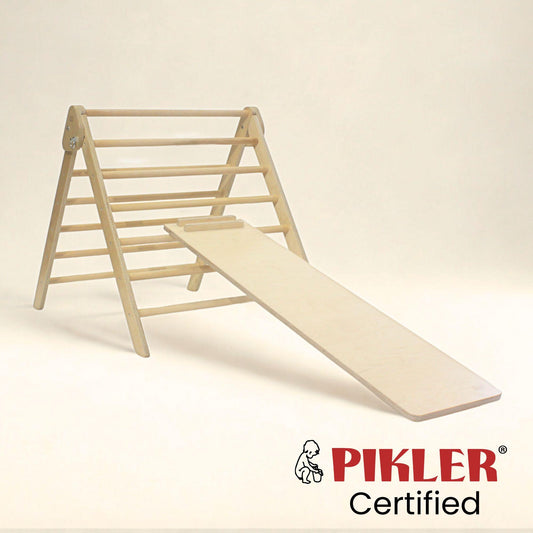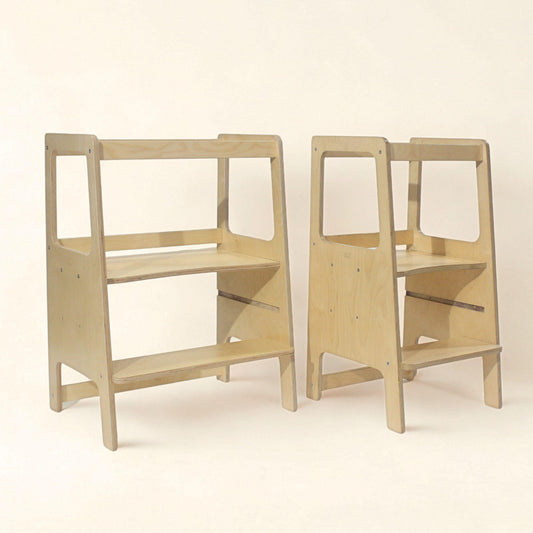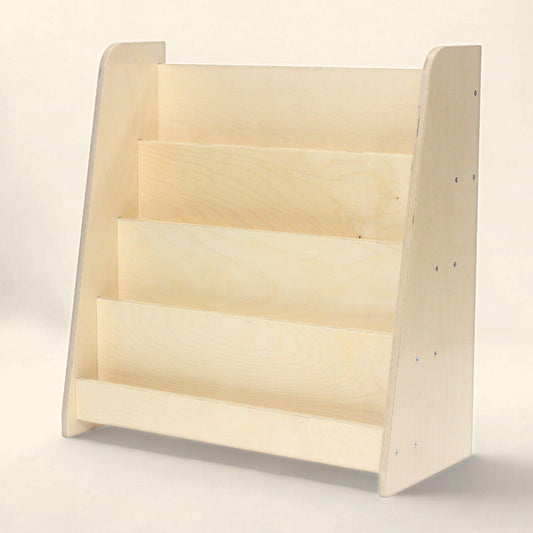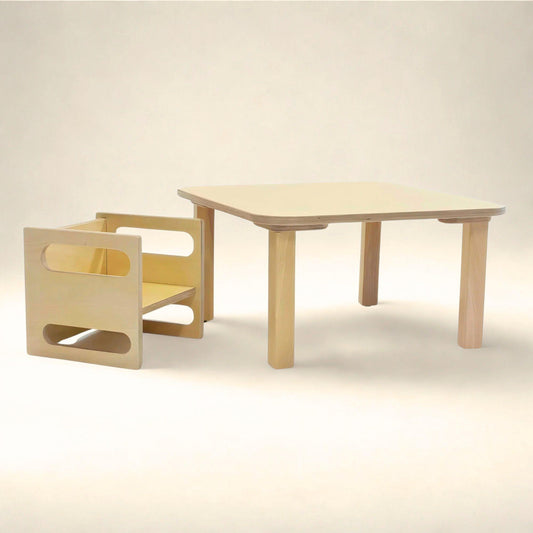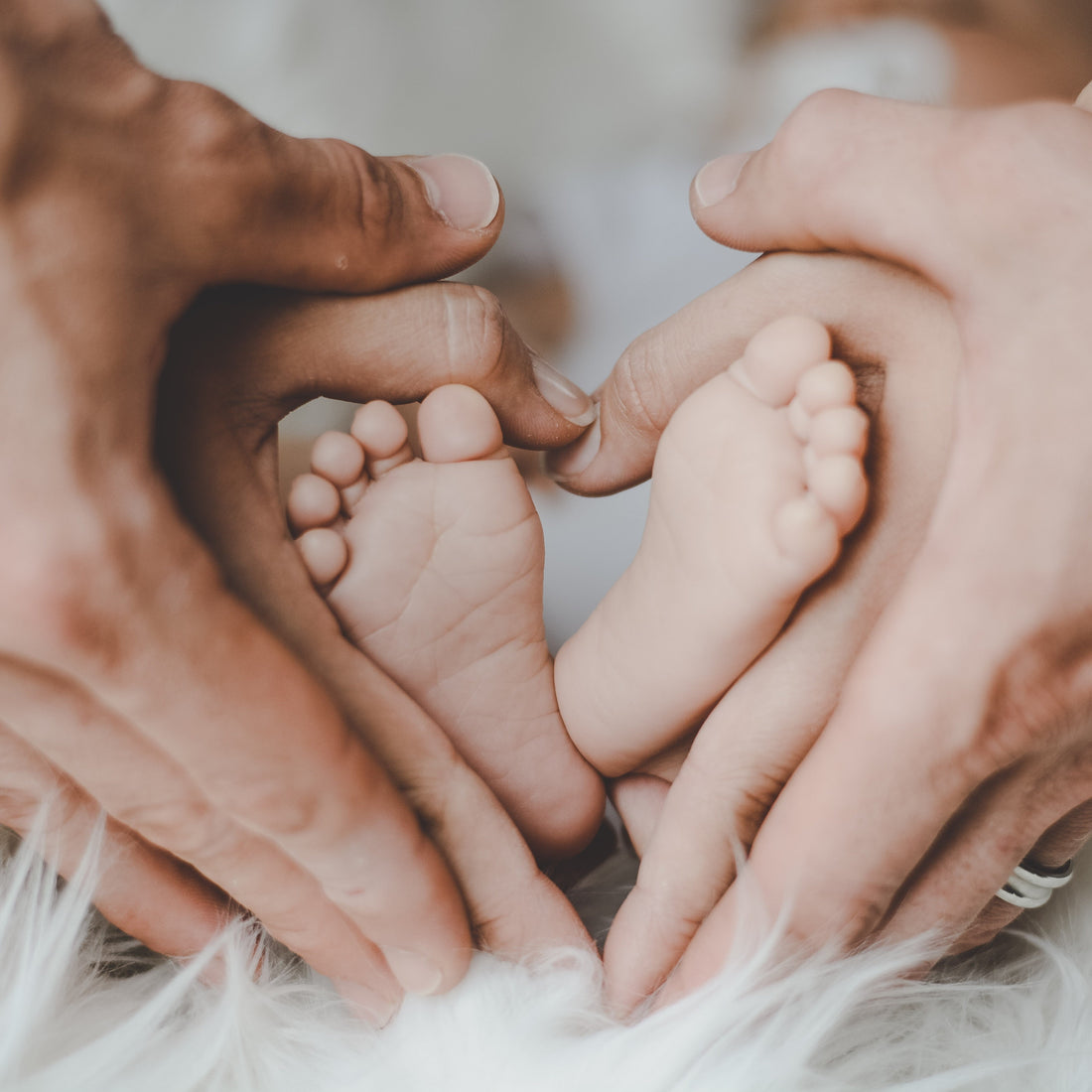
5 Ways to Prepare Your Home for Parenting with a Disability
Share
By Guest Blogger, Carrie Spencer | If you have a disability, you’re likely already an expert at making adaptations in your life. Preparing for parenthood just means more of this! Since many baby-care tasks can be difficult for people with restricted mobility, sight issues, or other limitations, it's important to make the proper preparations so you can truly enjoy parenthood and raise your child the way you want. Simple home modifications and clever baby-product customizations will go a long way towards easing you into the wonderful world of parenting. Here are a few suggestions from RAD Children's Furniture:
1. Make Everyday Tasks Easier
Things that parents have to do every day can be challenging for people with disabilities. For example, reaching into a crib to pick up or lay down a baby can seem near-impossible if you’re in a wheelchair. This is why many parents with disabilities have adapted their cribs to open from the side. If you’re concerned about carrying your baby around the house, consider purchasing a baby sling so you can keep your arms free. You can also buy a swiveling car seat to reduce the burden of getting your kid in and out of the car. If you haven't already done so, make sure your house's front entrance is accessible. Maneuvering a stroller in and out of the house can be tricky unless you replace your steps with a ramp and widen your doorway with expandable door hinges.
If you’ve discovered that your home is actually making your life more difficult, you may want to consider finding a more accessible property. That way, you don’t have to deal with renovations or modifications when you’re trying to raise your baby. Figuring out your budget can help you determine how much house you can afford, which is the first step you need to take in this process. Once you’ve gotten this step out of the way, enlist the help of a good real estate agent, who can help you find the perfect home for your family.
2. Remove Fall Hazards
Now is also the time to install skid-resistant flooring in your home to reduce your risk of falls. This is especially important if your current flooring consists of loose carpet, uneven floorboards, or throw rugs that slide around. Non-skid floors will keep you safe when you're trying to keep up with your active toddler or just rushing around with your arms full. Try to reduce clutter in the home so there are fewer things you could trip over as well.
3. Prepare Solutions for Changing and Bath Time
When it comes to diaper changing and bathing, further adaptations and custom products can make your life a lot easier. Although some changing tables are height-adjustable, they may not have space underneath to fit a wheelchair. This is where a repurposed desk can be useful. Alternatively, a fold-down changing table can help you save on floor space.
You can set up a bath station on the same desk that you use for changing if you'd like to remain seated for this. If you're choosing to bathe your child in the tub, install a lever faucet so you can more easily control the water. Water temperature indicators are highly recommended to reduce the risk of burns during bathtime. Check out Safety.com for a list of products that can help keep your baby safe and make you more comfortable during bath time.
4. Simplify Meal Prep
If your kitchen isn’t very accessible, the thought of cooking your own meals won't be very appealing, but home-cooked meals play an important role in helping children learn to make healthy food choices. To make cooking easier, consider modifying a few things in your kitchen:
- Install a single-level or touch-control faucet on the side of the sink.
- Replace cabinet knobs with looped pulls.
- Get a bottom-drawer refrigerator.
- Add a lowered kitchen workspace where you can prepare food from a seated position.
- Install mirrors under cabinets so you can see counters and stovetops.
- Use tactile marks on baby formula.
5. Keep Your Baby Safe
As a parent with a disability, you may not be able to run after your child if they take off across the yard or start climbing on furniture, so baby-proof your home to keep them safe. Make sure any furniture that your child could possibly climb is secured to the wall. When purchasing furniture for your child’s room, consider options that were made specifically for children. There are a lot of options available today that encourage your child’s imagination and creativity. Also be sure to lock your oven and garbage bins to keep curious babies out. If you keep cleaning products or knives on lower shelves so that you can reach them, make sure they are secured behind locks. Outside, Forbes recommends installing a tall fence around any water features in your yard and adding soft foam or grass ground-cover under play areas.
When you’re feeling overwhelmed by the struggles of parenting with a disability, remember that you’re not alone. According to the American Psychological Association, over 4.1 million parents in America have a disability. This hasn't stopped them from enjoying the blessing of parenthood, and it shouldn't stop you, either!

